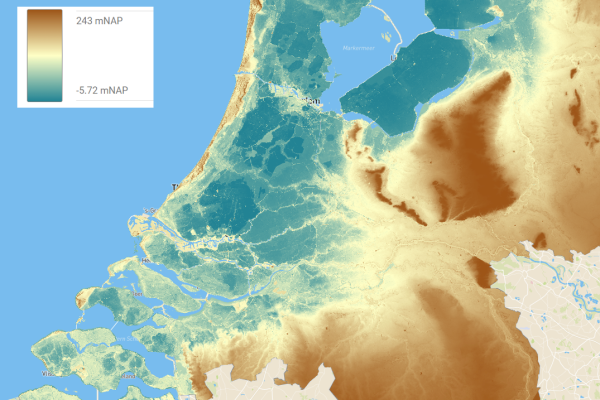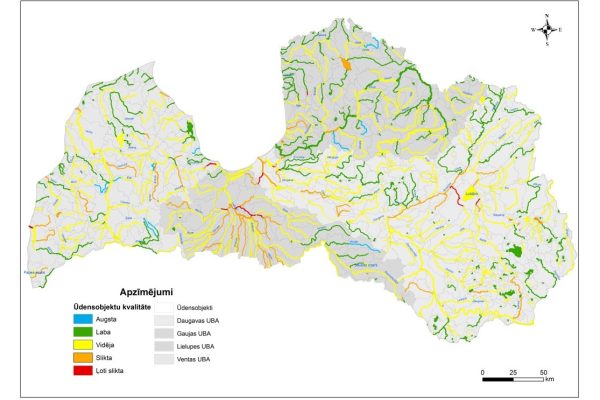The Far North
Nestled in one of the most remote corners of Europe, the Troms region in northern Norway stands as a testament to nature’s raw and untamed beauty. With a sparse population density of about 7 people per square kilometer—less than half the national average—this area offers a unique blend of serenity and isolation. Tromsø and Harstad, the two largest towns, house more than half of Troms’ 170,000 inhabitants, leaving numerous smaller settlements scattered across the region. These communities rely heavily on road access for their essential supplies, making them particularly vulnerable to the harsh Arctic climate and its accompanying natural hazards.
Despite its remote location, northern Norway is becoming an increasingly popular destination for tourists. Each year, more visitors are drawn to Tromsø’s stunning mountain landscapes and the enchanting northern lights. The high latitude ensures excellent snow and skiing conditions well into May, while the midnight sun provides continuous daylight, allowing for skiing adventures long after other parts of Europe have succumbed to summer’s heat.
The Avalanche Problem
However, the same beautiful mountains and long, snowy winters that attract tourists also pose a significant natural hazard: snow avalanches. For the small settlements in Troms, avalanches can disrupt crucial road access, preventing the delivery of food and other essential provisions. Even preventative road closures to avert potential avalanches can isolate these communities. Skiers, too, face the peril of avalanches, with tragic accidents resulting in injuries or even fatalities almost every year.
… in a Warming Climate
The Arctic, including the Troms region, is experiencing pronounced warming trends, a phenomenon known as Arctic amplification. Despite this, our understanding of how global warming will affect future avalanche risk remains limited. Warmer temperatures might reduce snowpack stability, leading to more frequent avalanches. Conversely, higher temperatures could result in less overall snowfall, potentially reducing avalanche occurrences. This uncertainty complicates future planning and risk management for the Troms region.
Future Projections of Avalanche Risk
IMPETUS partners at the Arctic University of Norway (UiT), are committed to reducing this uncertainty. Their goal is to provide local stakeholders and residents with clear, accessible future scenarios regarding changes in avalanche risk. By training statistical models to correlate avalanche risk with weather data, they can identify conditions that elevate avalanche danger. These models are then applied to outputs from climate models simulating future climate change scenarios, allowing them to predict how avalanche risk may evolve.
Through this work, the aim is to offer a clearer picture of northern Norway’s future in terms of avalanche risk. By understanding these potential changes, communities and policymakers can better prepare for and mitigate the impacts of this natural hazard, ensuring the safety and resilience of the Troms region.
Sources: Store norske leksikon: Troms
Read more about IMEPTUS solution being developed in the Arctic Region























